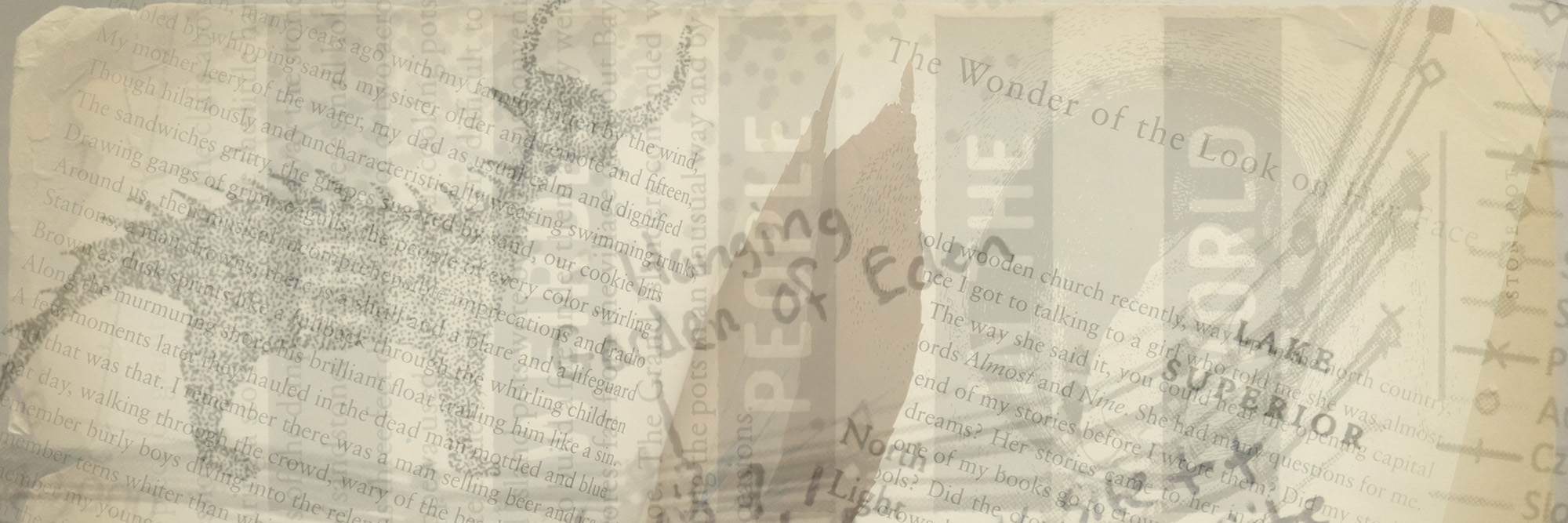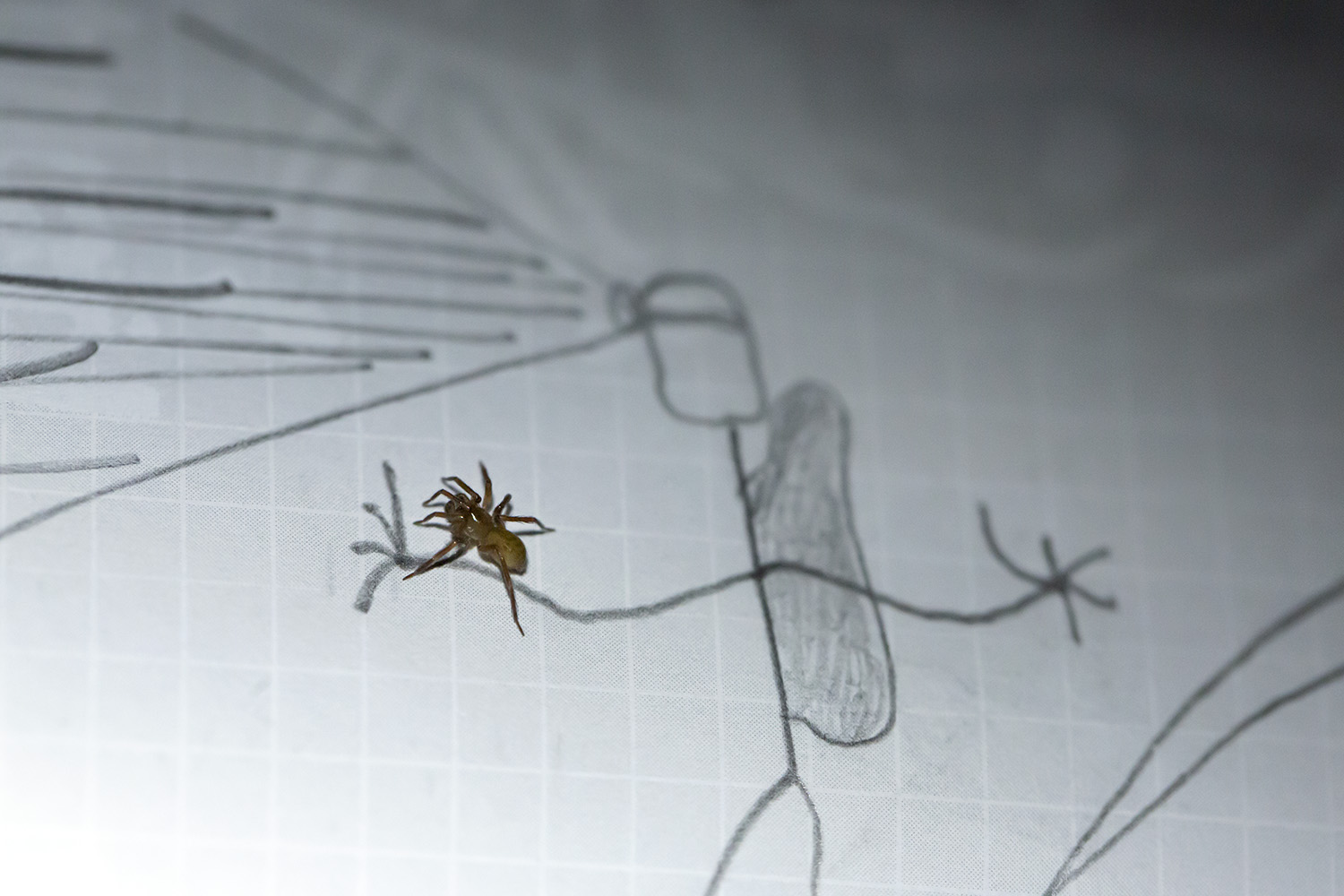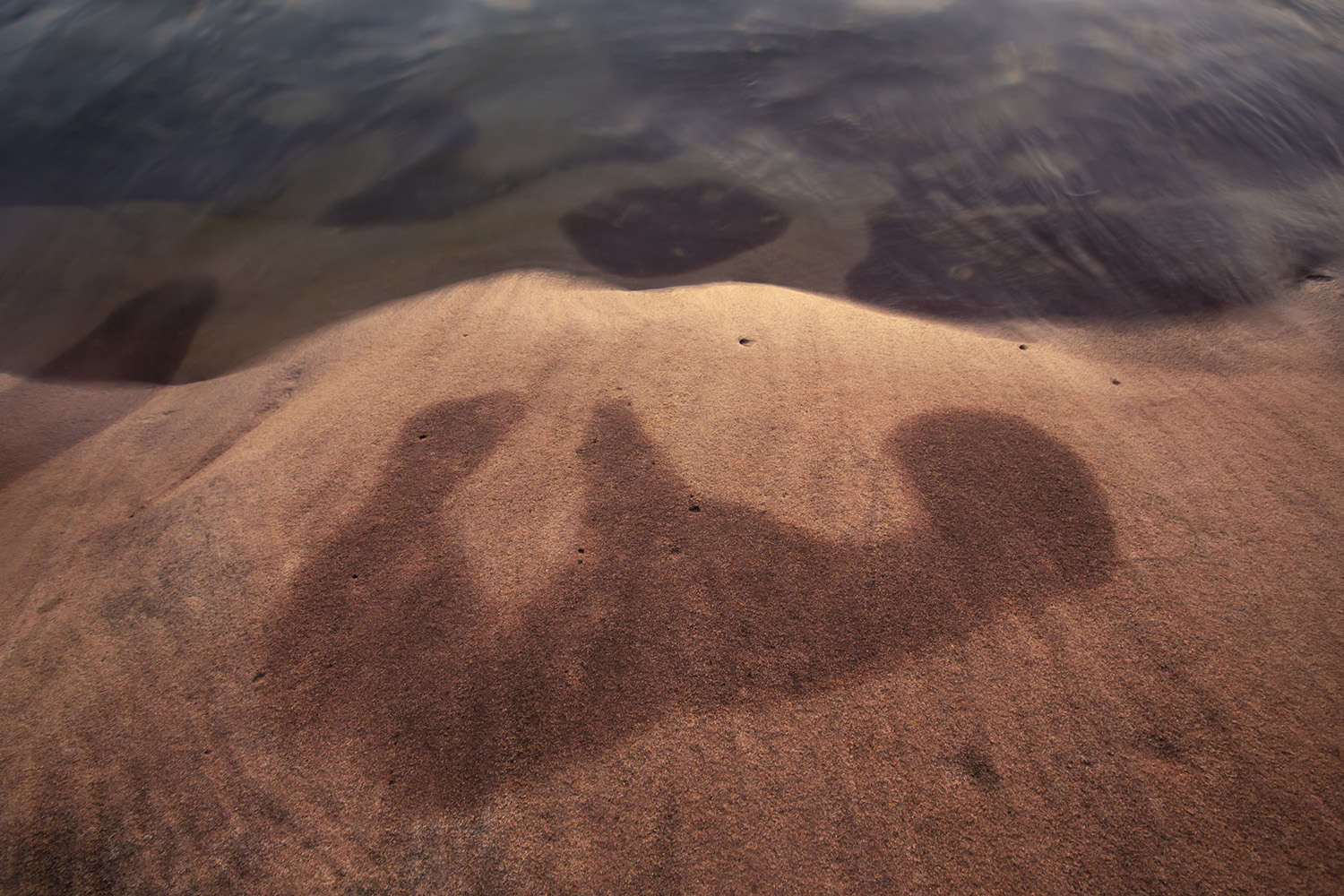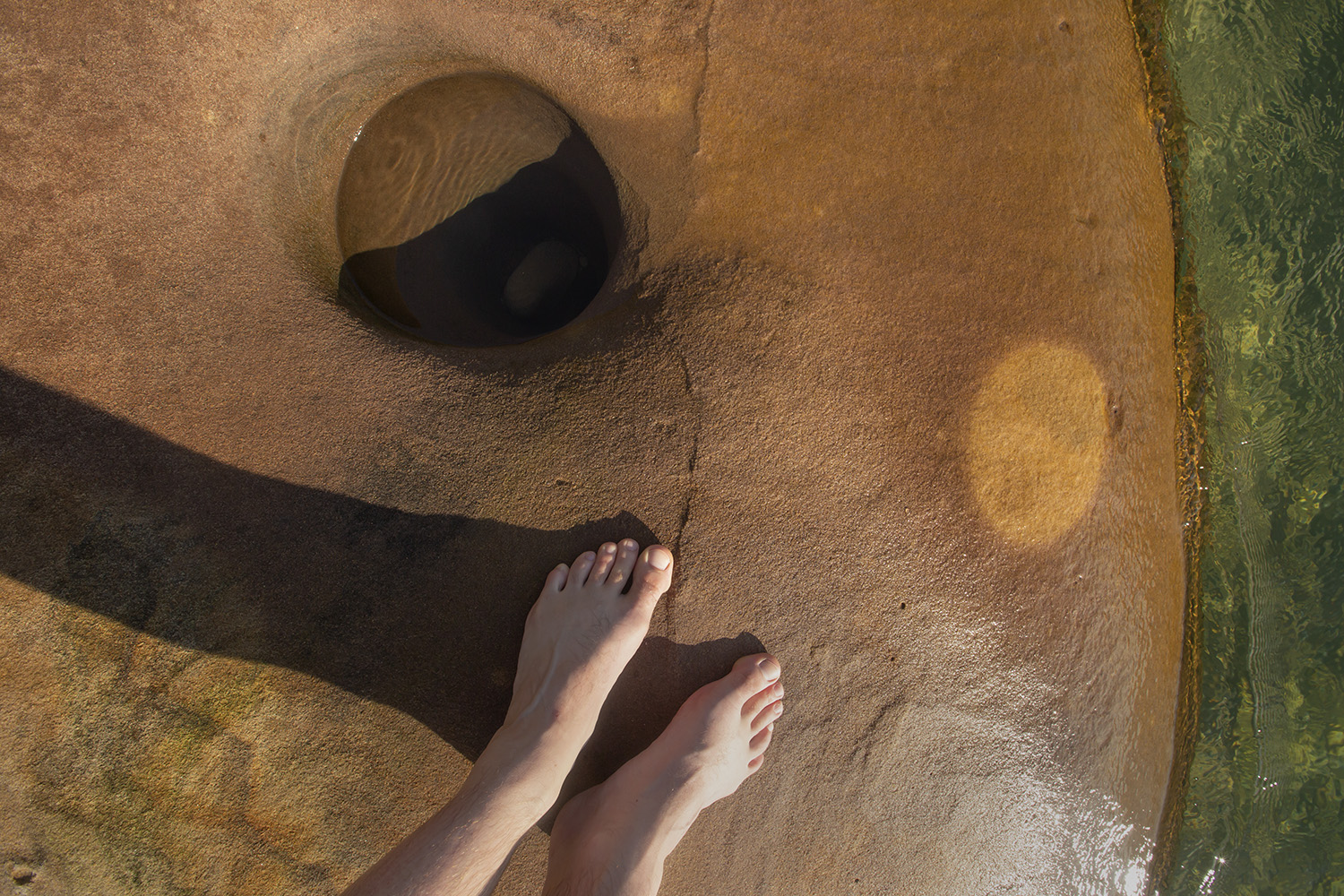
2021 Reads
The books I choose to read often inspire photographs. At the very least, they cause me to look at the photographs I make in different ways. These are a few of my favorite reads from 2021, paired with the images and quotes that serve them.
Good Morning, Midnight
Jean Rhys

“He begins to whistle, like a little boy whistles when he is trying to keep his courage up – loud, clear and pure.”
“I have eternity in front of me. Soon I’ll be able to do it, but there’s no hurry. Eternity is in front of me…”
“He’s so sure that everything is going to be all right, you have to feel sorry for him.”
One Long River of Song
Brian Doyle

“The heart is the first organ to form. It is smaller than a comma when it begins, and ends up bigger than a fist. Every cell in it is capable of pulsing. No one nows how that could be. The pulse begins when a baby is about twenty days old. No one knows why it happens then. The pulse then continues, on average, for about two billion pulses, and no one knows why that many, or that few … all are issued the same number of pulses to do with what they will. Tell me, asks the great quiet American poet Mary Oliver, what is it you plan to do with your one wild and precious life?”
The WEIRDest People in the World
Joseph Henrich

“Who are you? Perhaps you are WEIRD, raised in a society that is Western, Educated, Industrialized, Rich, and Democratic. If so, you’re likely rather psychologically peculiar. Unlike much of the world today, and most people who have ever lived, we WEIRD people are highly individualistic, self-obsessed, control-oriented, nonconformist, and analytical. We focus on ourselves – our attributes, accomplishments, and aspirations – over our relationships and social roles … We see ourselves as unique beings, not as nodes in a social network that stretches out through space and back in time.”
A Face in the Rock
Loren R. Graham

“Along the rocky shores of the island several sandstone shelves or tables extend into the lake … Whenever a small piece of granite or another hard material was washed into a depression or fell into it from the cliffs above, the action of the waves during a storm would cause the little hard rock to scour the soft walls of the dimple, wearing away the stone like a pestle in the mortar of sandstone. Eventually these small holes were enlarged to as much as three feet deep and a foot or two across. The Chippewa used these holes as cooking pots.”

